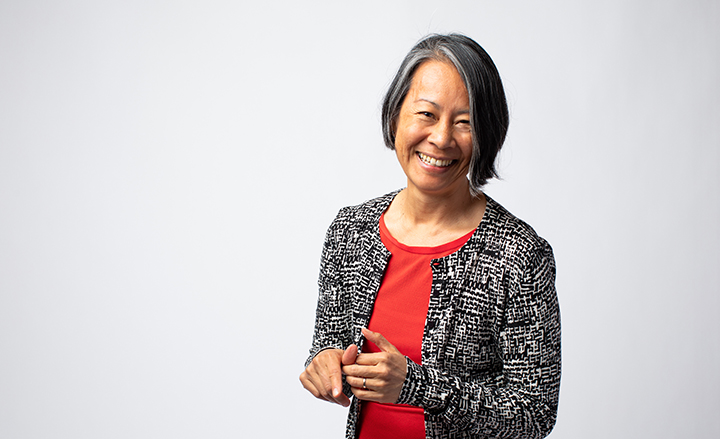Published on October 1, 2020

Collisions are violent. The greater the mass or velocity of objects, the greater the energy released. The crises of the pandemic, economic crash, and social justice outcries are massive and still accelerating. In the wake of their collision, they will reveal new questions for our profession—and newfound energy to address them.
Previously, architects pondering whether a new building was worthy of adding to our canon would ask “What does it look like?” and maybe “How well does it function?”
Now we need to know more: What’s its embodied carbon? Is it resilient to natural disasters? Did innovation help eliminate waste or increase value? Furthermore, are its supply streams fair trade? Does its construction or operation depend on the economics of indentured or slave labor? Can its airflow help stop the spread of disease? Whom does the building benefit?
Pursuing these deeper questions might feel intimidating or intrusive, particularly when the tools to answer them can be unfamiliar or unknown. But there is freedom in interrogating, rethinking, and finding new stories in histories we thought we knew.
Through this process, we may affirm truths that many of us had suspected: Buildings are not objects; architects may be complicit in the structural inequities of the built world; the studio format is not sacred; students’ personal lives are relevant; the invisible forces of culture have visible consequences; and cultural drivers of inequality should be disrupted and reformed.
In order to answer these difficult but essential questions, architectural practitioners and educators need to make two fundamental shifts.
Continue reading at Architect Magazine.
Originally written by Renée Cheng, UW Architecture professor and Dean of the College of Built Environments, for Architect Magazine.